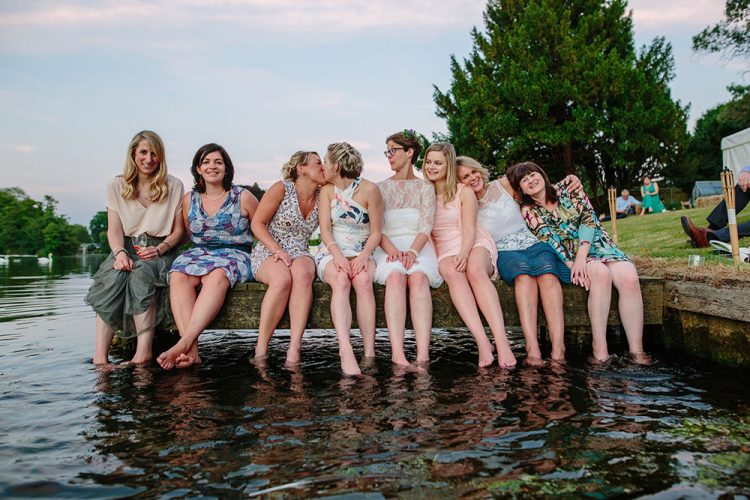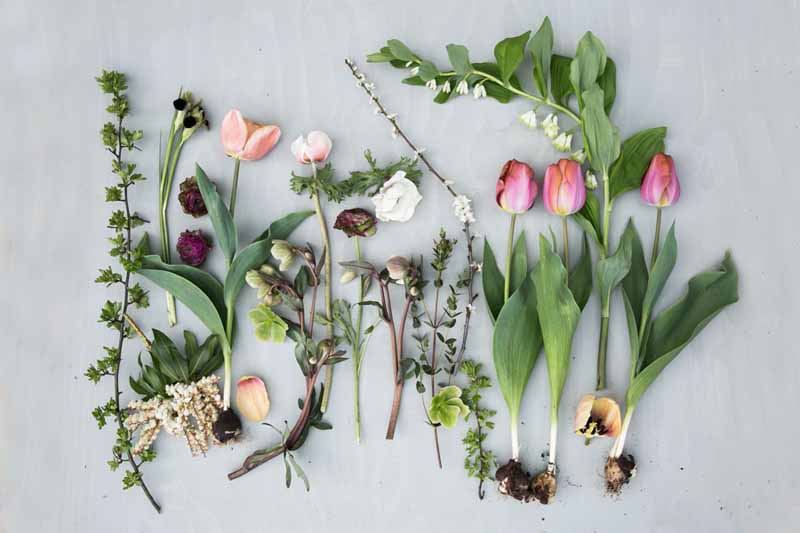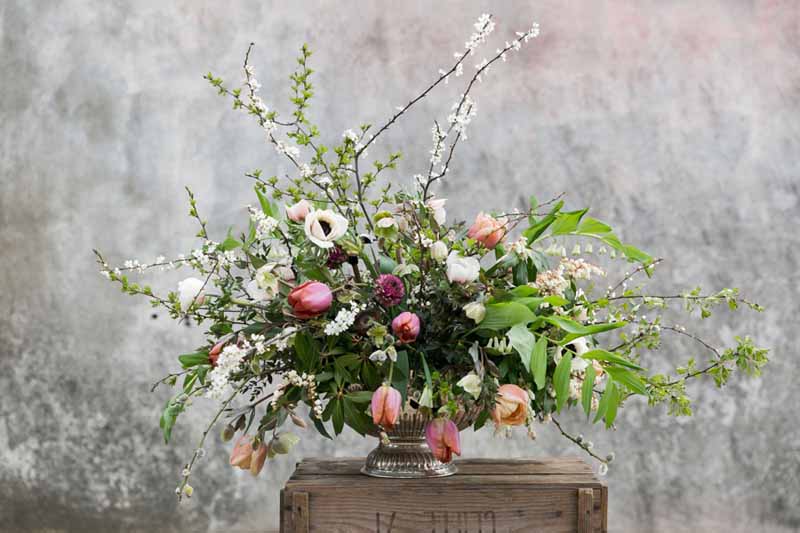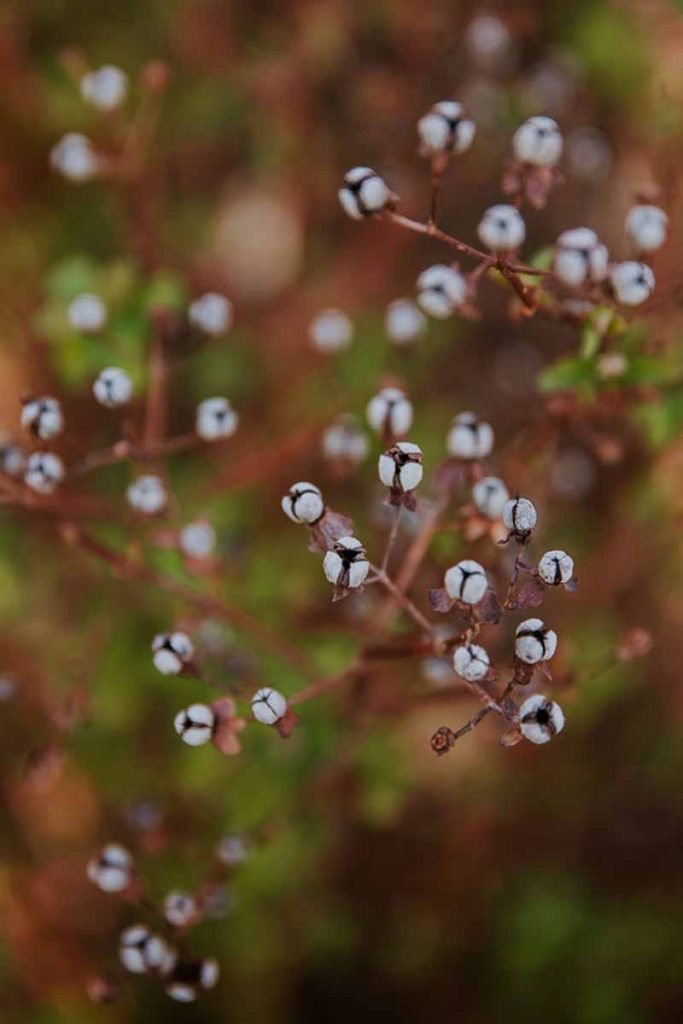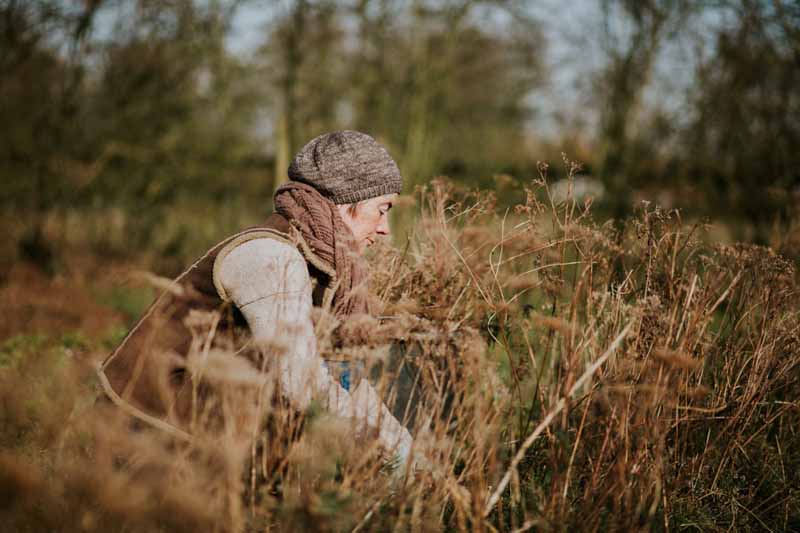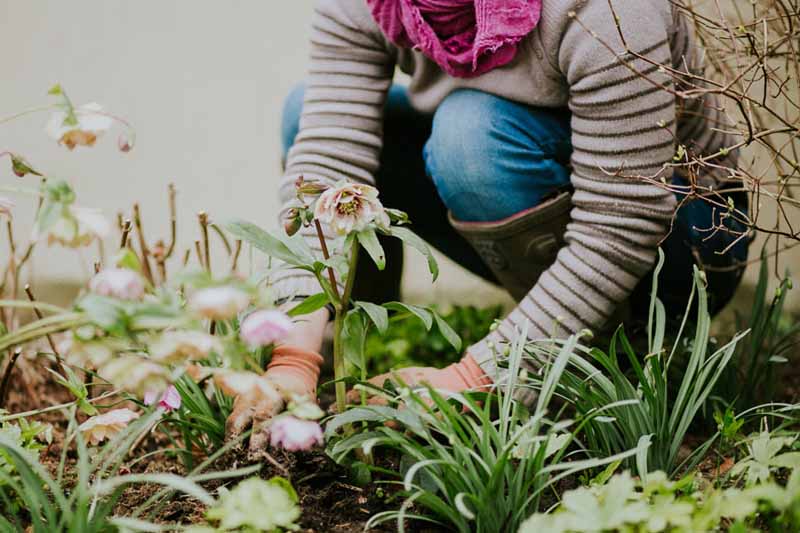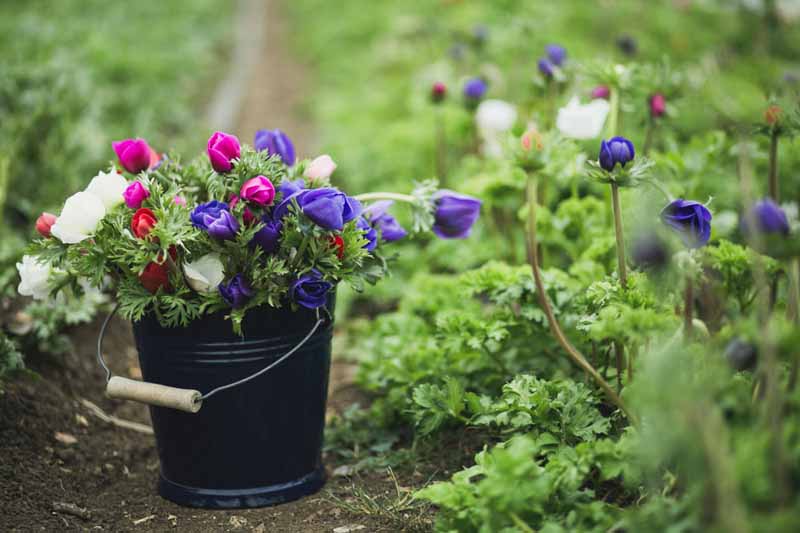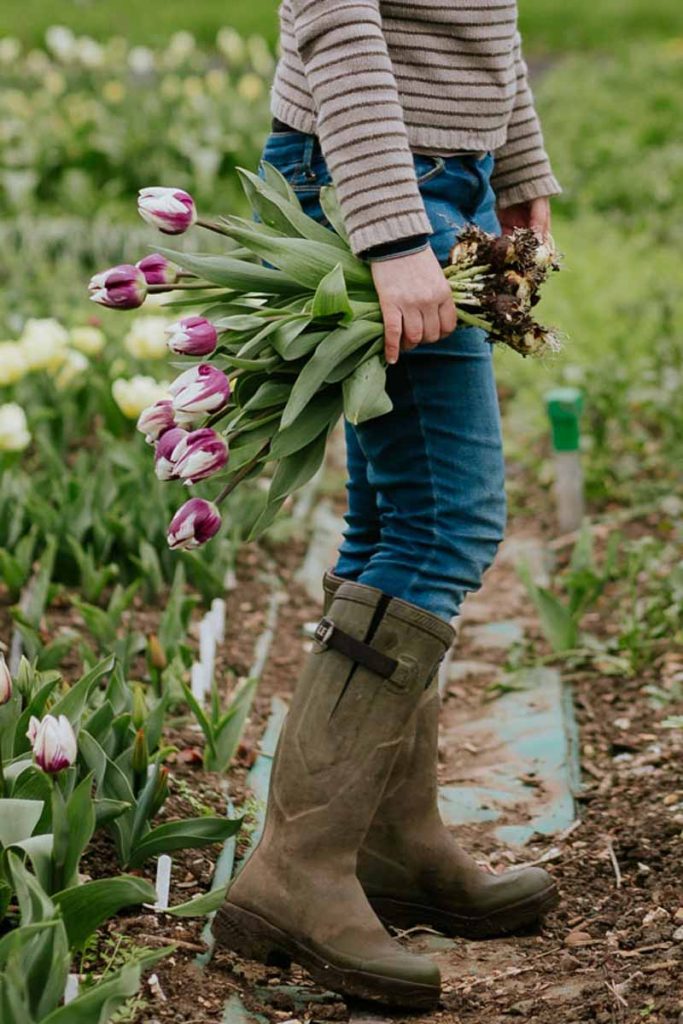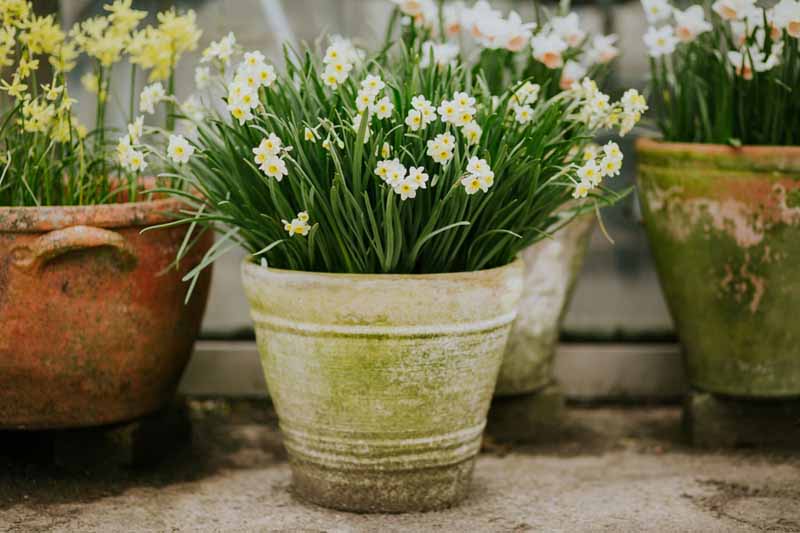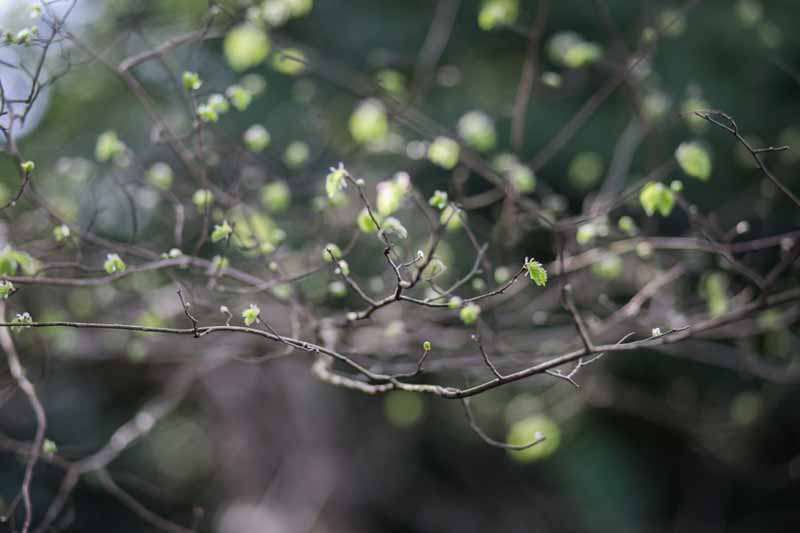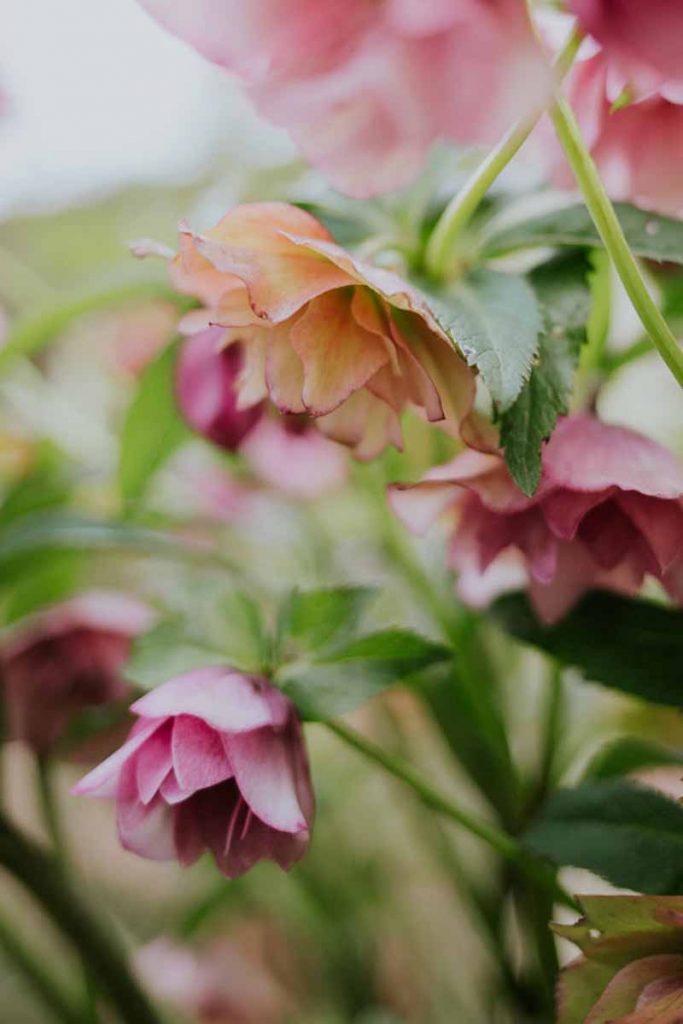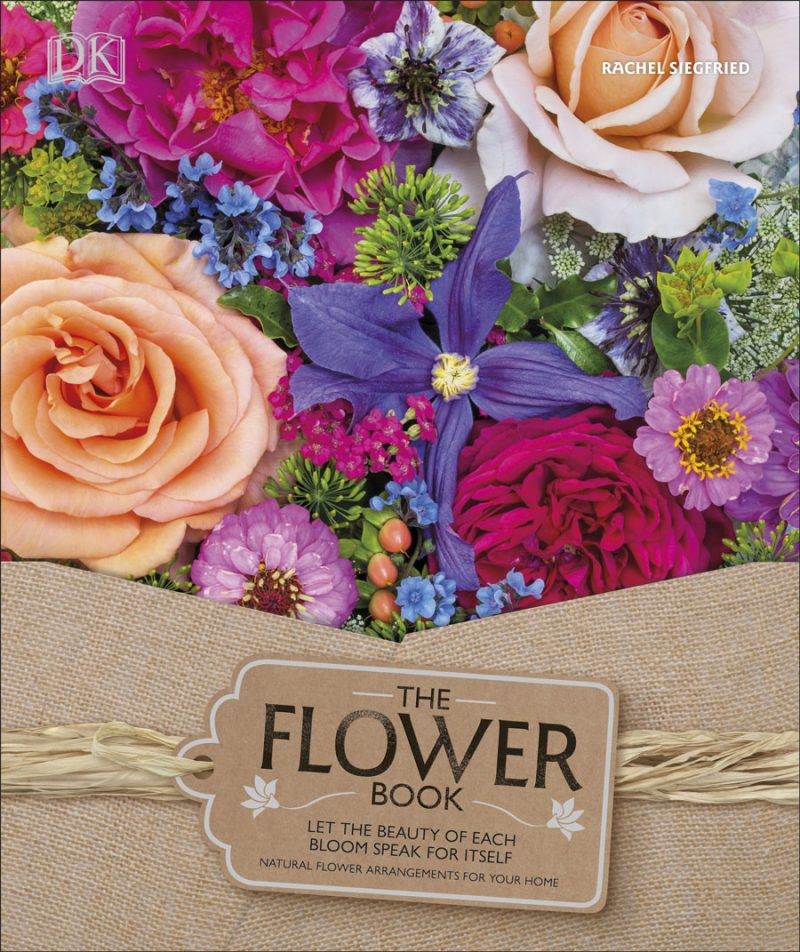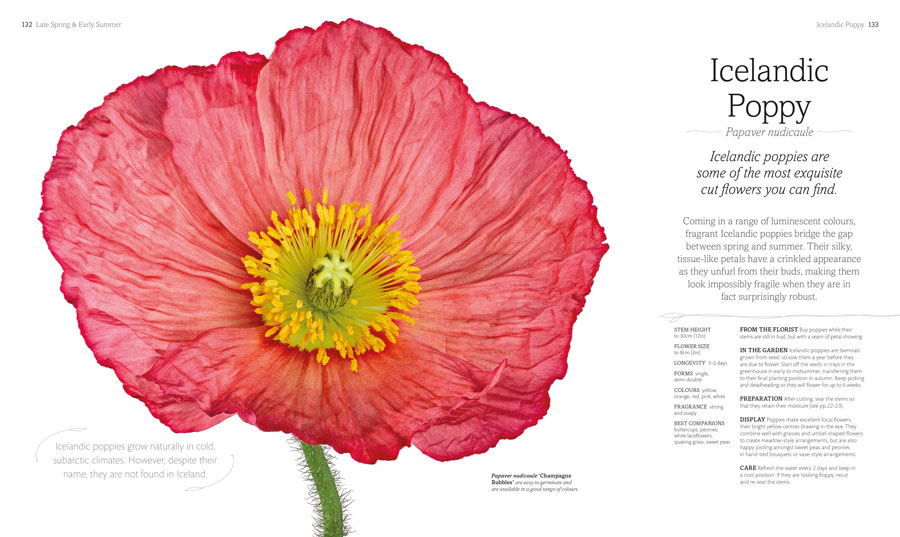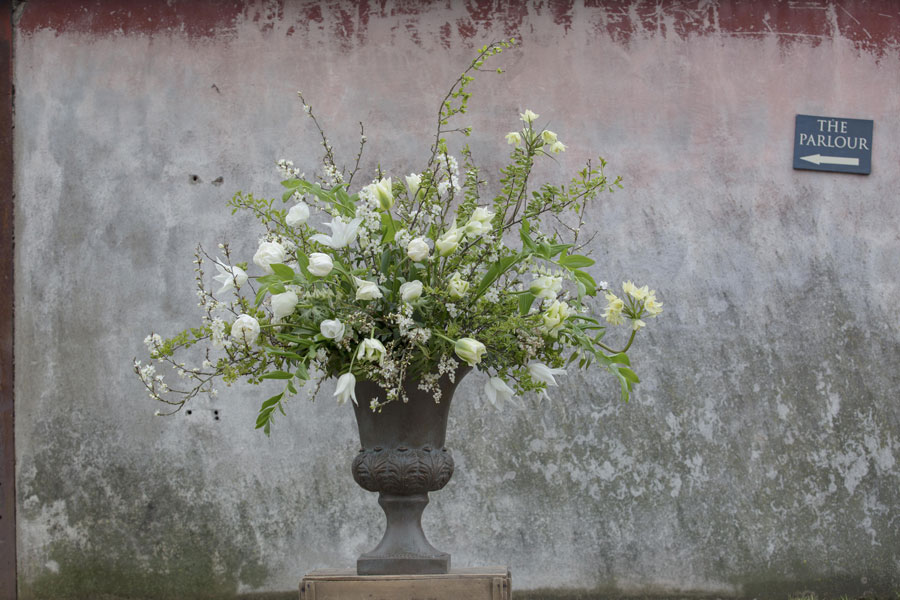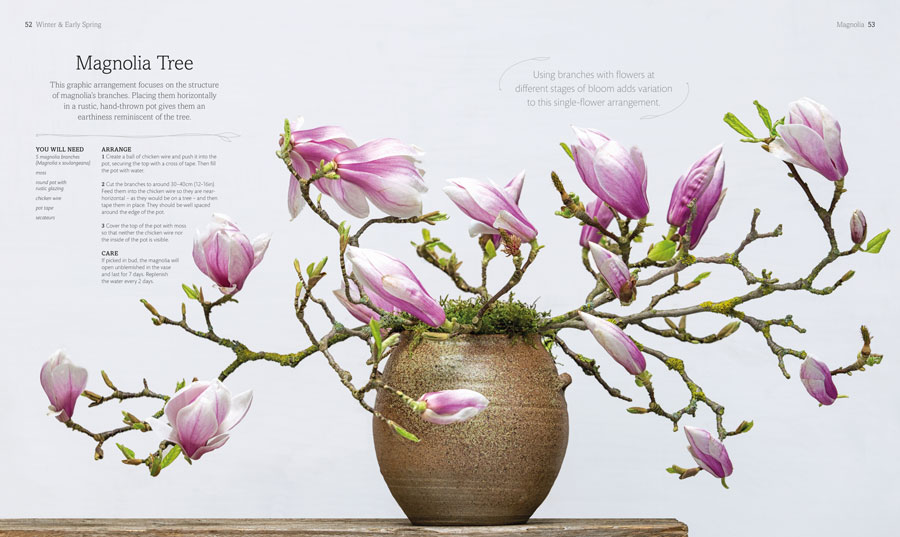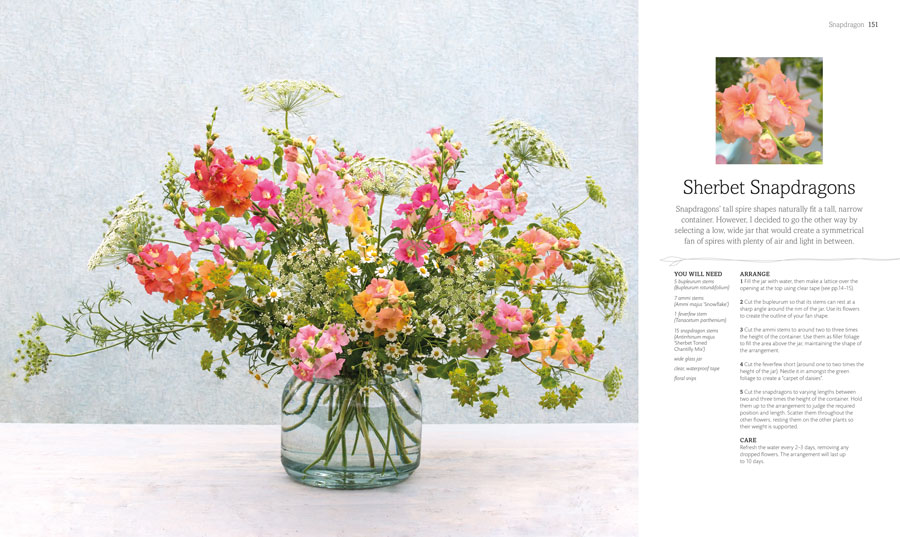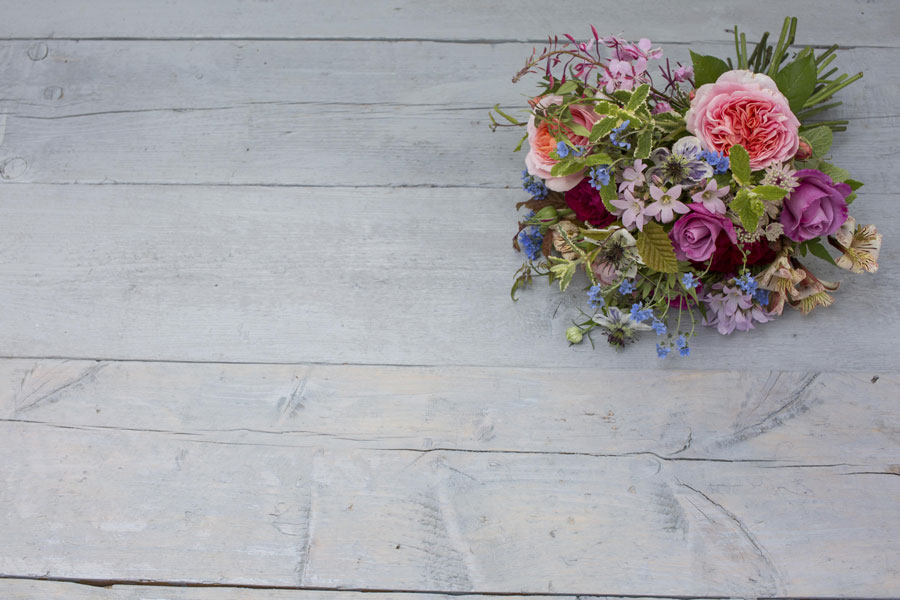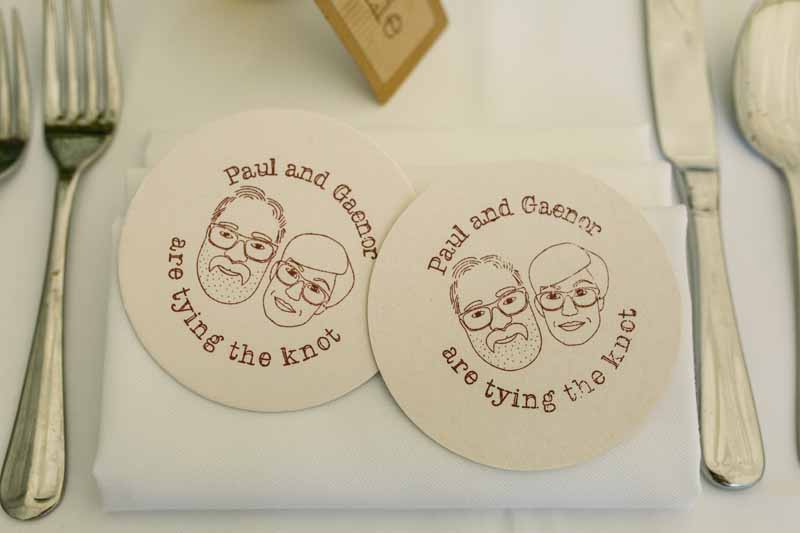
When I asked if they had any colour preferences for their wedding flowers, keen foodies Gaenor and Paul presented me with a picture on their phone of an amazing plate of salad…
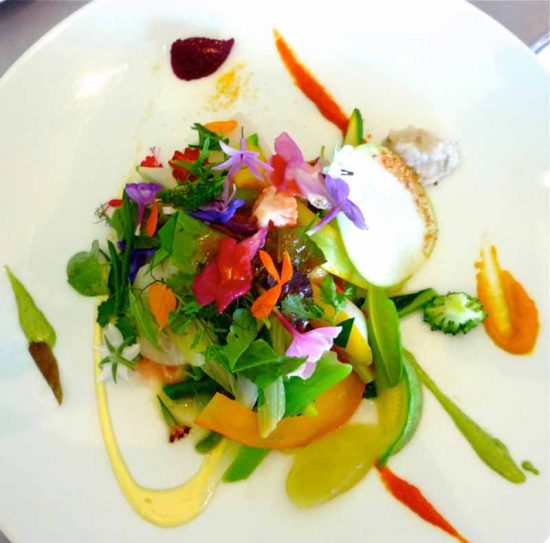
They certainly had food at the top of their list when they chose Michelin-starred Caldesi In Campagna in the village of Bray, Berkshire for their reception celebration.
Their wedding was in June, in the midst of a heatwave, it certainly felt like the hottest day of the year…
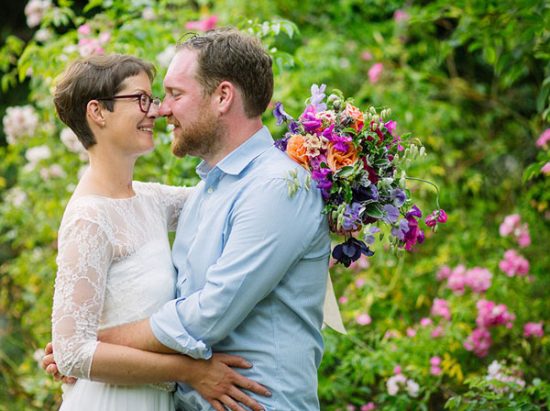
I was so pleased when they chose Clare West as their photographer, as I knew her love for photographing flowers would mean there would be more than the normal quota of flowery pics and I would get a good idea of how well my flowers stood up to the extreme conditions.
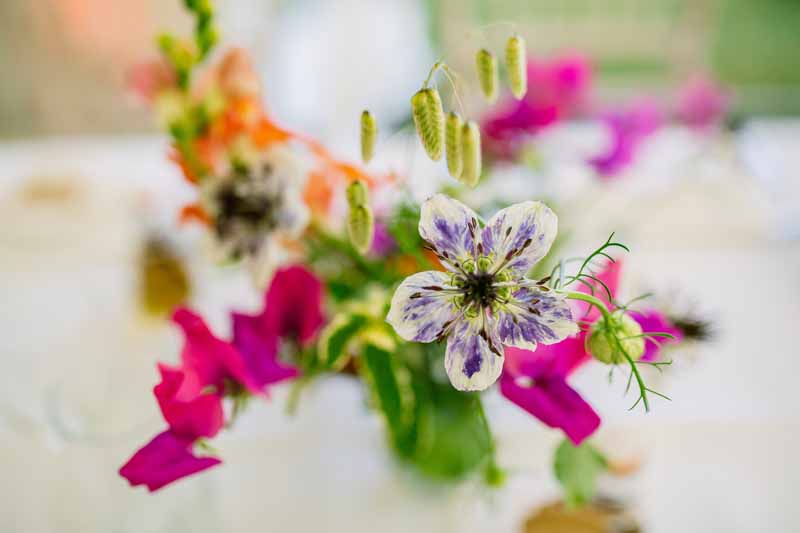
I never guarantee specific flowers for a couple’s wedding day, that would be a dangerous game when you are relying on our unreliable weather to play along. But I always work with colour choices and in this case I had a plenty to conjure up – blue, lilac, pink, peach, coral, oh and of course, green were all on that inspirational plate.
June is the peak flowering time for hardy annuals, so sweet peas, cornflowers and nigella ticked most of the colour boxes, whilst the annual quaking grass briza added movement and a wildflower meadow feel.
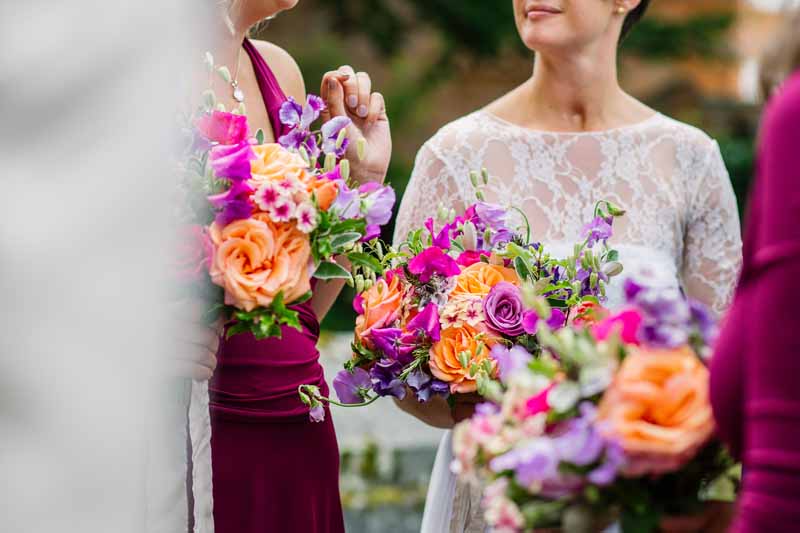
I love arranging with sweet peas – they come in such a range of colours, are wonderfully fragrant and if picked with some of the vine, create a lush, untamed feel. We grow about 30 different varieties both indoors and out so that they are available from May through till July.

The high temperatures had brought my roses on all at once so they were centre stage in the bouquets and table flowers, providing plenty of scent along with the sweet peas.
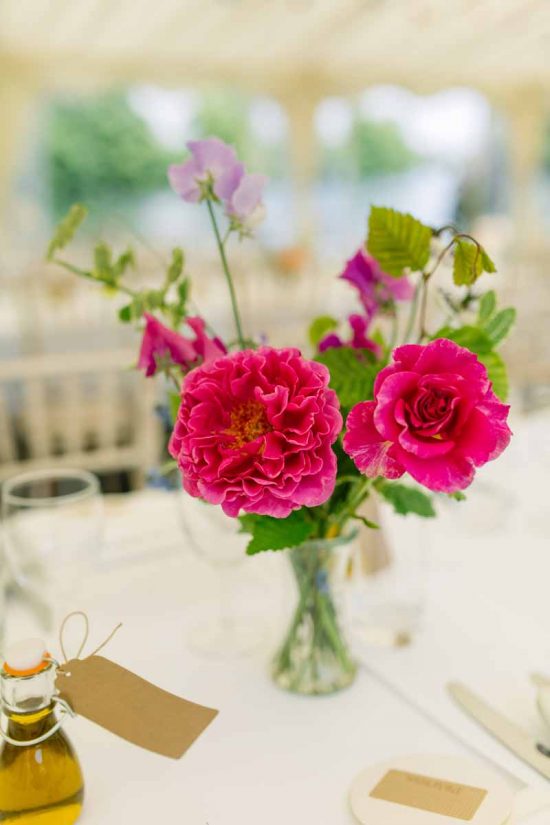
Tall spire shaped flowers for the milk churn and church pedestal arrangements were provided by larkspur in an unusual smokey lilac, blush pink delphiniums, peach chantilly snapdragons and a punchy coral penstemon.
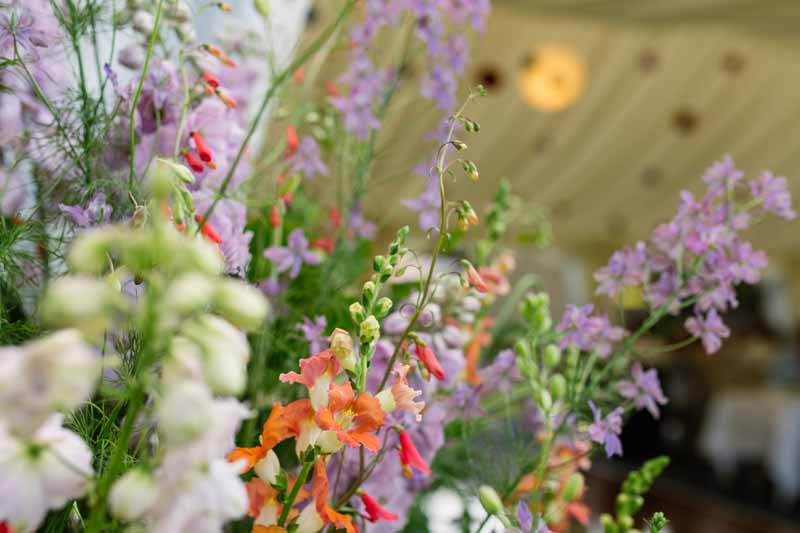
These grow to extraordinary heights in our tunnels sheltered from the wind and the rain.
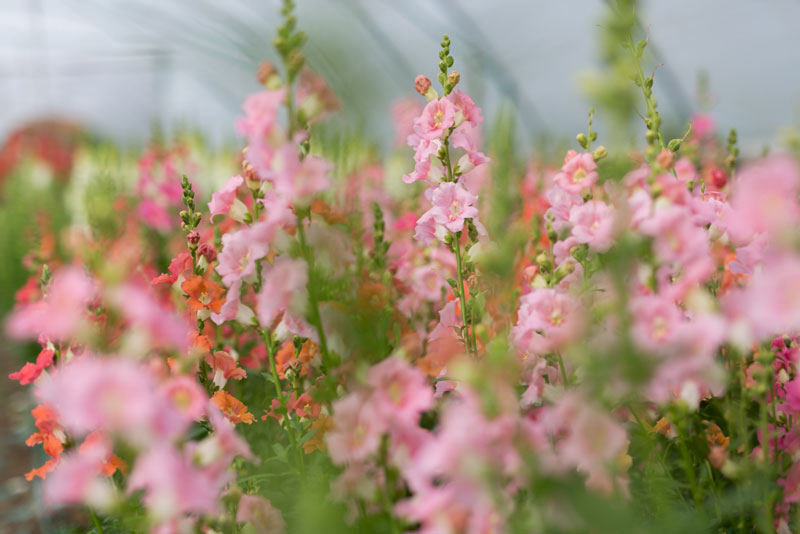
I was pleased to see that even the flower girls crowns stood up to the high temperatures, a testament to using freshly picked, seasonal flowers.
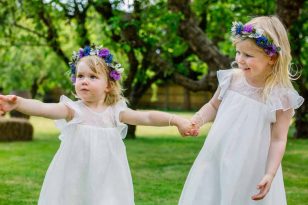
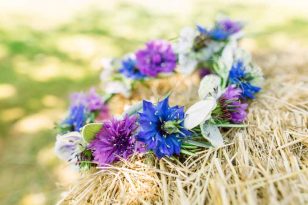
And being next to a picturesque stretch of the Thames, the guests were able to have a chance to cool off at the end of a perfect day…
